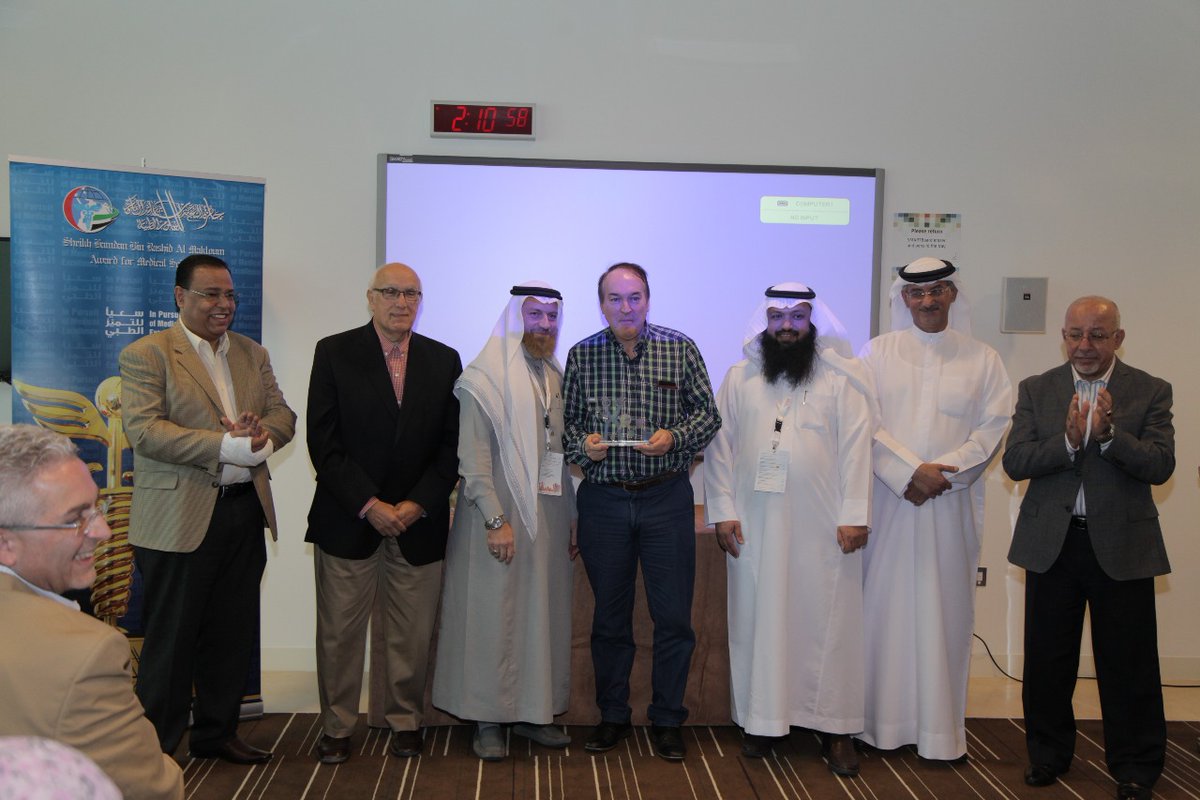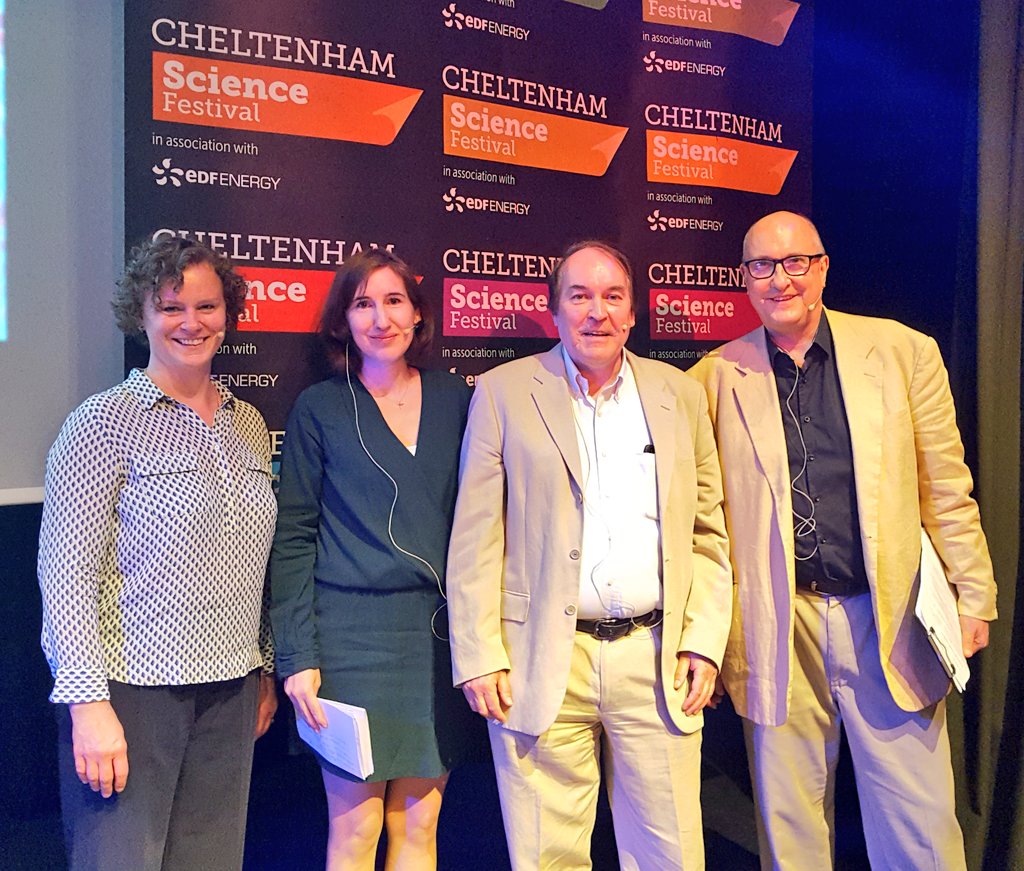On 27th September 2017 we held the premier of our IMAX film “How to build the virtual human” during the Science Museum Lates event.
We are very pleased to be able to show, for the first time on a public site our Virtual Humans film. It can be watched from the embedded film here, or directly on YouTube on our own channel or at Barcelona Supercomputing Centre, and soon from London Science Museum channel:
On 27th September we ran the film, followed by presentations from four of our Principle Investigators (PIs):
• Prof Peter Coveney (UCL), who leads the consortium, on simulating how drugs work in the body
• Prof Blanca Rodriguez (Oxford University), on virtual hearts
• Prof Marco Viceconti (Sheffield University), a key player in the Virtual Physiological Human initiative
• Prof Alfons Hoekstra (University of Amsterdam), on virtual blood vessels and more
We are hoping to repeat this format in the future in other countries.
In the run up to the event the Science Museum produced a number of videos to promote the event, including an interview with the consortium coordinator Prof Peter Coveney (UCL):
These were all included in the Science Museum blog, written by Roger Highfield, the Director of External Affairs at the Science museum
In another blog published after the event, Roger linked the building of the Virtual Human with the maths that is used in the programming. This blog also shares links to the audio files of the presentations and discussions that were recorded by the science museum. In addition, please see the film of the interviews with the PIs before the event:
After this event, the film was also showcased at the Imagine Science Film Festival in New York in October
In addition Peter Coveney presented it at MEMBS Congress in Abu Dhabi on 4th November, where he received an invited speaker award

Since then, it has been used in a large number of presentations and events. It has won the SCINEMA award for Technical Merit in Australia with a judges comment of “This film is a technically stunning example of the power and versatility of supercomputers, helping us see our body in ways we never have before”. The film was shortlisted for the Short Film Competition at the AFO (Academic Film Olomouc) Festival of Science in the Czech Republic.
In June 2018, we showed the film with a Q&A session at the Cheltenham Science Festival

Roger Highfield (right), hosted the event with (from left to right), Prof Andrea Townsend-Nicholson, Dr Ana Minchole and Prof Peter Coveney.
We are planning further events for the film in the future, and hope to be able to showcase it in a number of other public events to announce our work, and the result of the funding from the European Commission.
